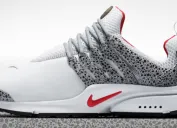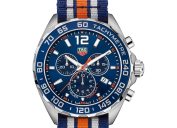6 Fabrics Stylists Say They'll Never Wear
Whether it's for durability, comfort, or aesthetics, these are the materials stylists avoid wearing.
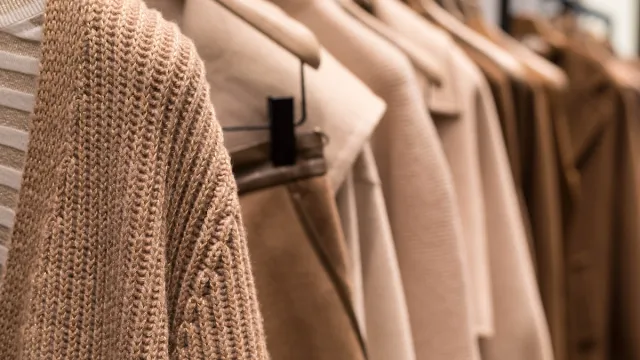
You probably have a strong sense of what you like and dislike when shopping for clothes. After years of trying things on, you know the colors, cuts, and silhouettes that look best on you and have probably nailed down a few stores that match your personal style. However, you may not have figured out your favorite fabrics. When shopping, the materials of the clothes can take a backseat, but according to stylists, this is key. Here, they tell us the fabrics they won't wear, either for performance reasons, comfortability, or aesthetics. Read on for their advice on what to avoid and why.
READ THIS NEXT: The Best Color to Wear With Your Birthstone, According to Stylists.
1
Polyester
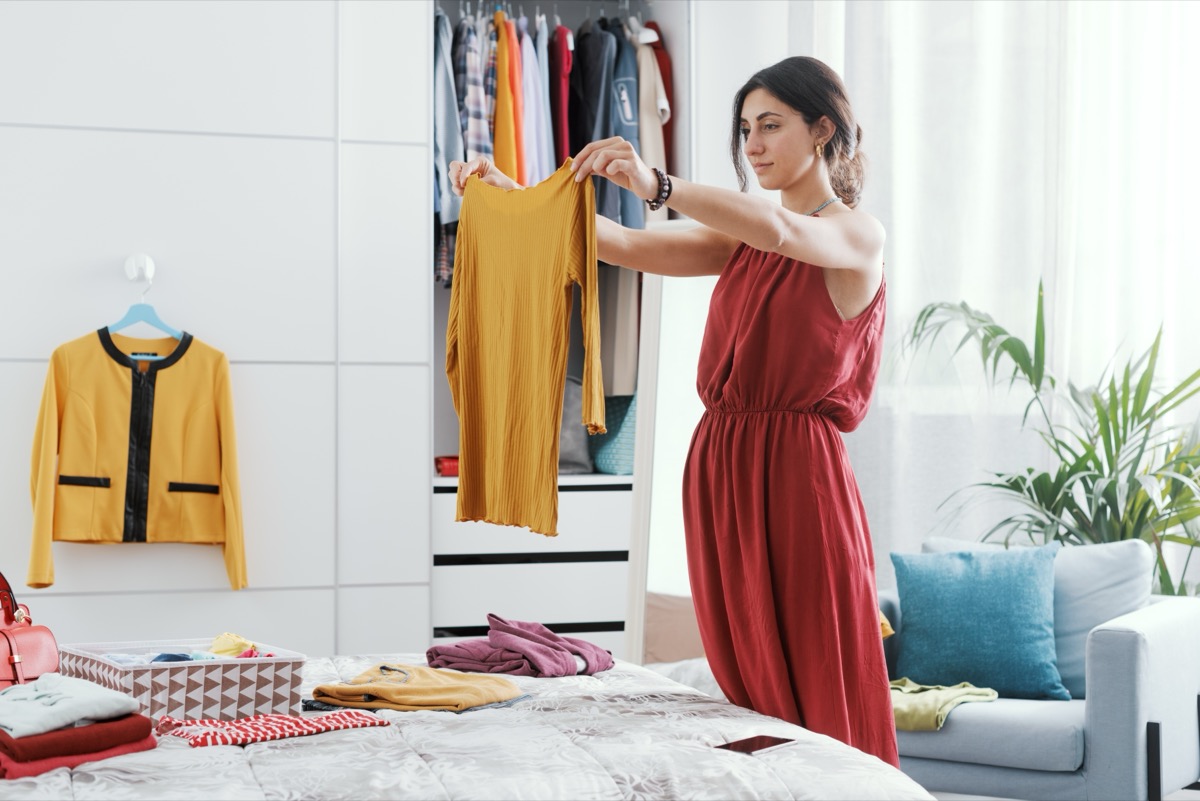
Polyester is a synthetic material that's used by many fashion brands to create durable, affordable goods. However, it's essentially plastic. Sahra Schukraft Brandt, personal stylist and founder of Shop the City, tries to avoid it at all costs.
"Reason being, it's not breathable, and it traps odors like body odor that don't even come out when you wash them," she says. "The fabric tends to pull and pill, especially when spun into knitwear."
Polyester also has harsh consequences for the environment. It's not biodegradable, which means it takes hundreds of years to dissolve in a landfill.
2
Rayon
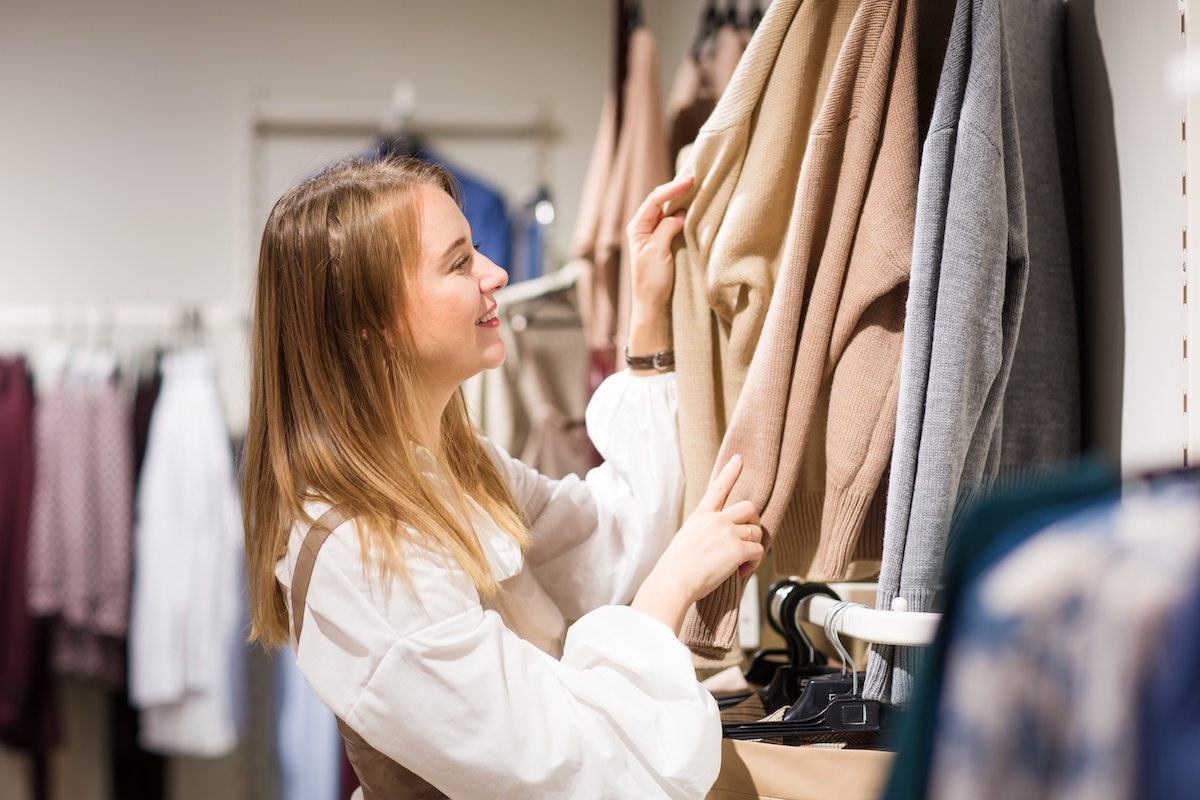
Rayon, also referred to as viscose, is another fabric to avoid. "It's a semi-synthetic [material] made from wood pulp," says Michelle Washington, TV style expert. "Rayon is lightweight with a smooth sheen, but it can't handle machine washing—get ready for a dry cleaning bill unless you plan on handwashing."
This is another fabric that's cheap to use and often found in lower-quality clothing. If you see it on a tag, keep all that in mind.
READ THIS NEXT: 7 Clothing Chains That Sell the Best Quality Denim.
3
Linen
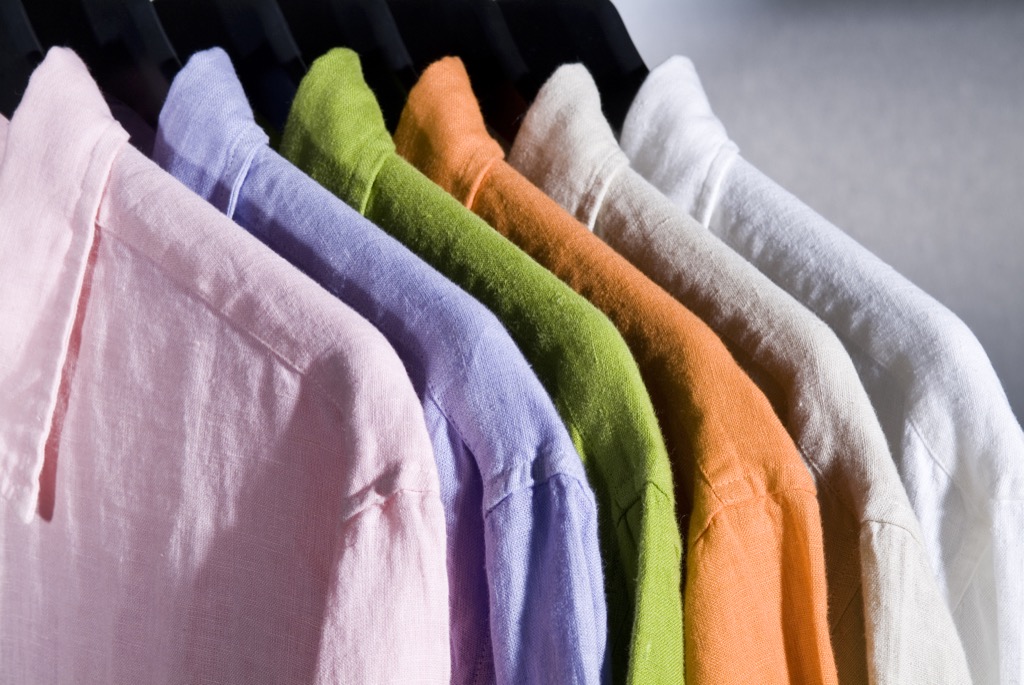
While many of the fabrics stylists avoid are synthetics, linen isn't. However, that didn't stop several from mentioning it as a material to skip.
"Linen is so hard to maintain, and unless you're constantly steaming it and not sitting, it's going to wrinkle easily and look overworn, frumpy, and messy," says Schukraft Brandt.
Some folks say linen looks even better wrinkled—but if you're not a fan of the lived-in look, give it a pass.
4
Jersey
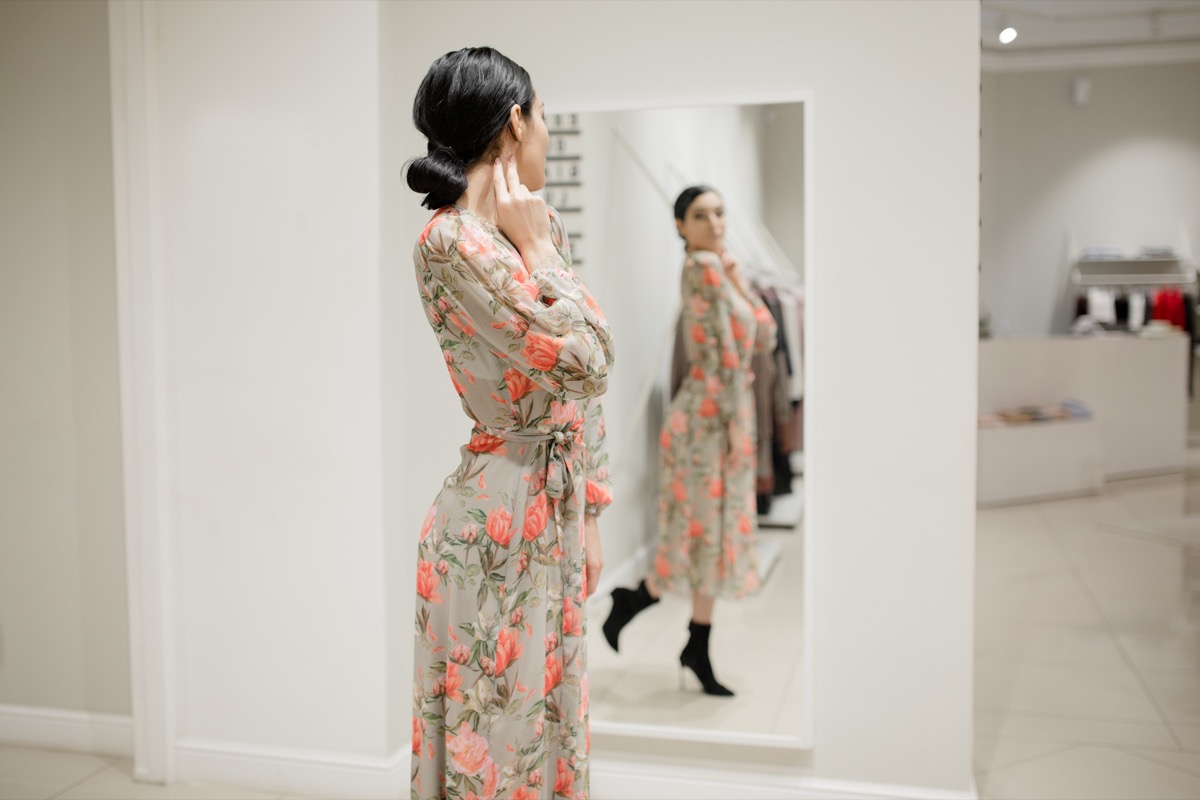
Jersey is a lightweight knit that's made of cotton, synthetics, or a blend. It's typically characterized by a ribbed exterior and is usually quite soft and cozy. However, Paola Farina, a personal stylist in Milan, avoids it for that fact.
"Very soft fabrics tend to adhere to the body, emphasizing critical points and flaws," she says. Instead, she opts for pieces that graze the body in a more flattering way.
For more style advice delivered straight to your inbox, sign up for our daily newsletter.
5
Nylon

This is another synthetic stylists say to skip. "Nylon is used a lot in athleisure wear," says Washington. "However, I'm not a fan of a fabric that causes extra perspiration."
It's true: Because the synthetic makeup of nylon isn't breathable and traps heat easily, it can cause heavier sweating. That's probably a con for most people, especially if you plan to wear the material to the gym.
6
Anything Rigid

Farina tends to avoid rigid and stiff fabrics altogether. Examples include piqué, chenille, taffeta, velvet, organza, tulle, tartan, pied-de-poule, bouclé, heavy denim, canvas, and tweed.
"They add volume; they are heavy and uncomfortable," she explains. "All these, if not blended, are quite stiff and heavy." Be aware that after a few hours in the material, you might wish you had opted for something lighter.



